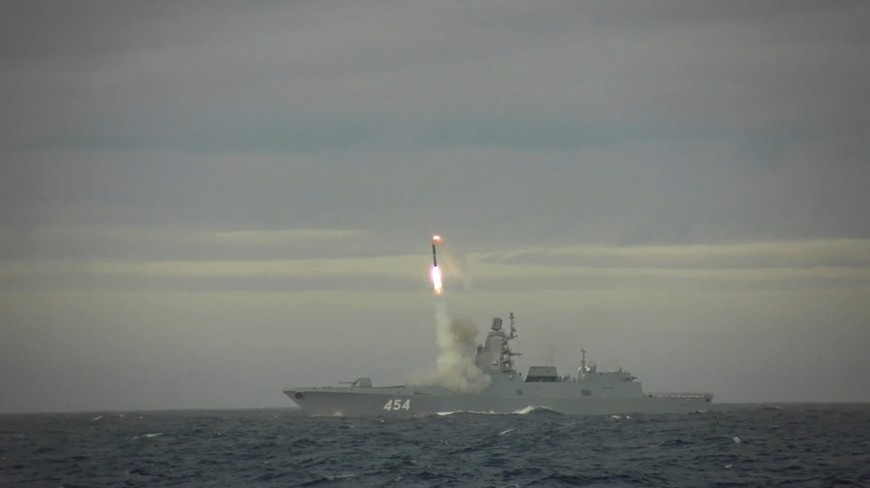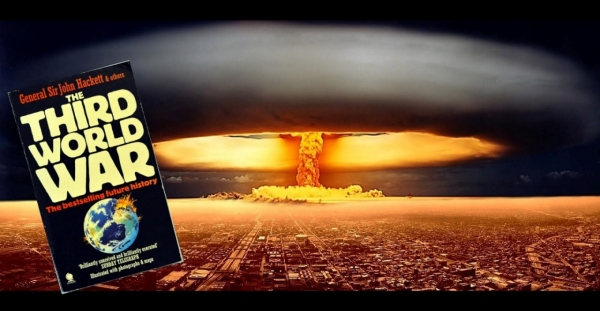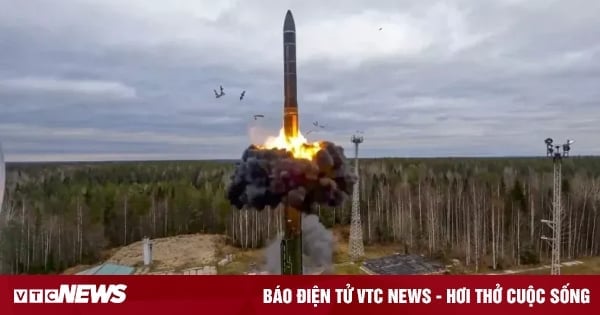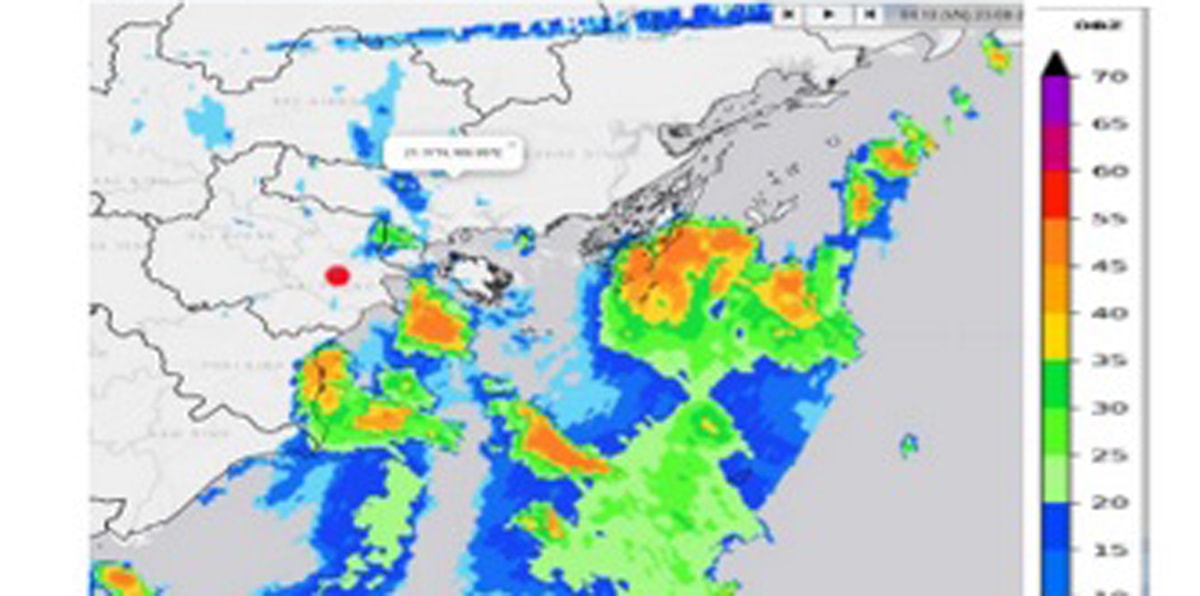Russia's Zircon hypersonic missile can fly at speeds of up to 11,000 km/h and hit a moving ship.
 |
| The Admiral Gorshkov frigate test-launches Russia's Zircon hypersonic missile, December 2020. (Source: RIAN) |
On January 26, TASS news agency quoted Mr. Alexander Leonov, leader of NPO Mashinostroyeniya company that produces Russia's new generation Zircon hypersonic missile, saying that this type of missile needs further testing before it can be put into use and this will take some time.
Putting the Zircon missile into service “is not a quick procedure” and will involve “a certain number of tests,” Leonov noted.
It is not yet clear what form this will take.
Sea-launched Zircon hypersonic missiles have a reported range of 900 km and can travel at speeds many times the speed of sound, making defenses of this type of missile difficult.
Russia has announced that it will equip its new nuclear submarines with Zircon missiles.
In February 2023, Sidharth Kaushal, a naval warfare expert at the Royal United Services Institute, a British defense think tank, said that Zircon is a powerful weapon but also has major limitations.
“The operational deployment of Zircon is an important development, but its importance should not be exaggerated,” the expert said.
According to him, Russia's Zircon hypersonic missile can do two things: fly at speeds of up to 11,000 km/h - which makes it very difficult to shoot down; and hit a moving ship. However, this missile cannot do both at the same time.
Russian President Vladimir Putin has hailed the hypersonic weapon as “invincible.” Meanwhile, Moscow officials claim the 3M22 Zircon missile can travel at Mach 9, or about 11,000 km/h, too fast for current tactical missile defense systems.
However, experts note, objects moving at hypersonic speeds — Mach 5 or higher — ionize the surrounding air, creating a plasma shell around the object that blocks radar signals.
Source



![[Photo] President Luong Cuong receives delegation of the Youth Committee of the Liberal Democratic Party of Japan](https://vstatic.vietnam.vn/vietnam/resource/IMAGE/2025/8/22/2632d7f5cf4f4a8e90ce5f5e1989194a)

![[Photo] President Luong Cuong attends special political-artistic television show "Golden Opportunity"](https://vstatic.vietnam.vn/vietnam/resource/IMAGE/2025/8/22/44ca13c28fa7476796f9aa3618ff74c4)


![[Photo] Prime Minister Pham Minh Chinh chairs the conference to review the 2024-2025 school year and deploy tasks for the 2025-2026 school year.](https://vstatic.vietnam.vn/vietnam/resource/IMAGE/2025/8/22/2ca5ed79ce6a46a1ac7706a42cefafae)































































































Comment (0)